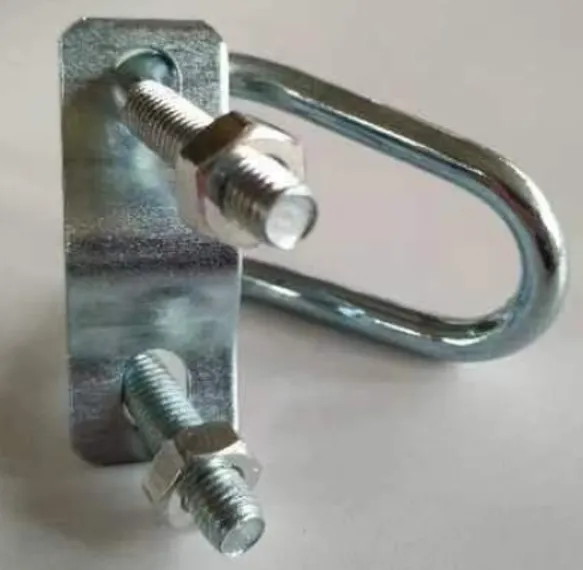loading...
- No. 9, Xingyuan South Street, Dongwaihuan Road, Zaoqiang County, Hengshui, Hebei, China
- admin@zjcomposites.com
- +86 15097380338
- Welcome to visit our website!
GRP Grating Design Specifications and Performance Standards Overview for Structural Applications
Understanding GRP Grating Specifications
Glass Reinforced Plastic (GRP) grating has become increasingly popular in various industries due to its exceptional properties, including strength, durability, and resistance to corrosion. Useful in environments ranging from chemical plants to wastewater treatment facilities, GRP grating specifications define key attributes that ensure optimal performance and suitability for specific applications.
Understanding GRP Grating Specifications
Another important aspect of GRP grating specifications is its chemical resistance. Given that GRP is often used in environments where it may come into contact with harsh chemicals, the choice of resin plays a critical role. Manufacturers typically specify the chemical resistance of their products, indicating suitability for diverse corrosive environments. This property ensures longevity and reduced maintenance costs over time, making GRP grating an efficient choice for industrial applications.
grp grating specification

Furthermore, the slip resistance of GRP grating must also be taken into account. The surface finish can vary, with options including a smooth finish or a textured surface to enhance grip. Slip resistance is crucial in environments exposed to water, oils, or other slippery substances. Standards such as the ANSI/NFSI B101.1 guide manufacturers in providing grating solutions that meet necessary safety requirements.
When designing with GRP grating, attention should also be directed towards the dimensions and panel sizes. GRP grating is available in various widths, lengths, and thicknesses, and manufacturers often provide custom solutions to meet specific project requirements. Standard sizes may include 305mm x 1220mm panels, but custom widths and lengths can be produced as needed. This versatility allows for efficient installation and adaptability to different structural supports and layouts.
Finally, fire resistance is another critical specification when considering GRP grating. Many industries require materials to have a certain flammability rating to comply with regulations. GRP can be formulated with fire-resistant additives that enhance its safety profile.
In conclusion, understanding GRP grating specifications is essential for selecting the appropriate material for specific industrial applications. By considering factors such as load capacity, chemical resistance, slip resistance, dimensions, and fire safety, engineers and designers can ensure they choose the best GRP grating that meets both performance and regulatory standards. This careful selection process ultimately contributes to safer, more efficient operational environments in diverse industry settings.
-
Transform Your Spaces with FRP Grating SolutionsNewsNov.04,2024
-
The Versatility and Strength of FRP RodsNewsNov.04,2024
-
The Excellence of Fiberglass Water TanksNewsNov.04,2024
-
The Benefits of FRP Grating for Your ProjectsNewsNov.04,2024
-
Elevate Your Efficiency with FRP Pressure VesselsNewsNov.04,2024
-
Welcome to the World of FRP Pressure VesselsNewsOct.12,2024
-
Unveiling the Future of Filtration: Why FRP Filter Vessels are a Game ChangerNewsOct.12,2024
